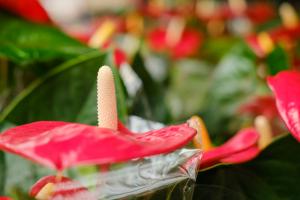1、 Curing method
1. Temperature: Angelica likes to be warm, but on the whole, it has good adaptability to temperature. It's OK between ten and thirty degrees. Unless it is a very harsh and extreme environment, there is no need to adjust the temperature

2. Light: Angelica sinensis needs sunshine, but too strong light will cause great harm to it. Therefore, try to provide only astigmatism irradiation. Especially in the south, when the sunshine is very strong, a very important task is to have shade
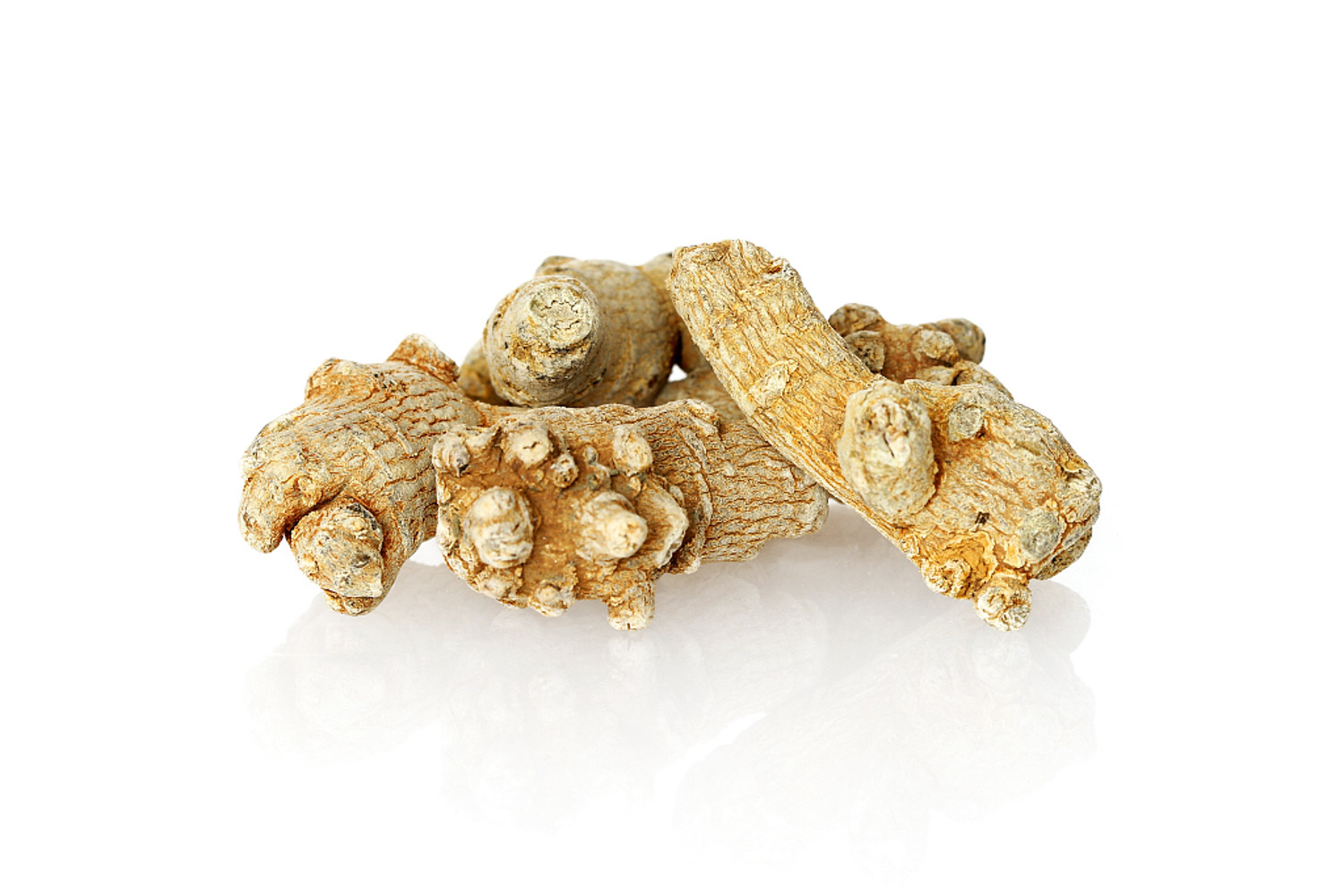
3. Watering: Angelica sinensis doesn't need much water. Watering too much will cause great harm. Generally speaking, in case of drought, we should pay attention to adding more water. But in the rainy season, the task becomes more drainage and drainage. There is too much water in the field, which can easily lead to its root rot
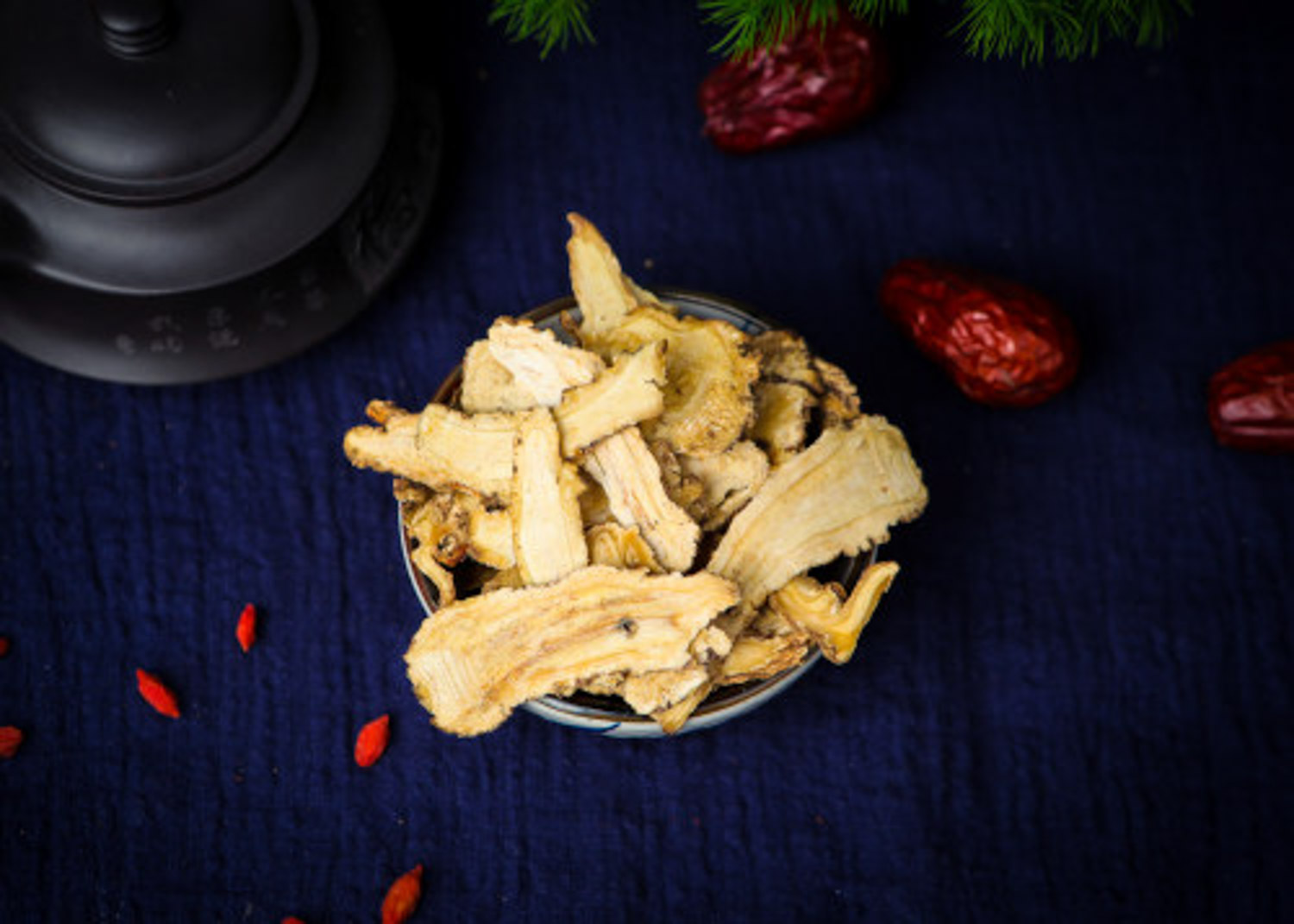
4. Fertilization: fertilization of Angelica sinensis mainly uses nitrogen fertilizer, which is very important in the process of growth. However, it is better not to use too much fertilizer at the seedling stage
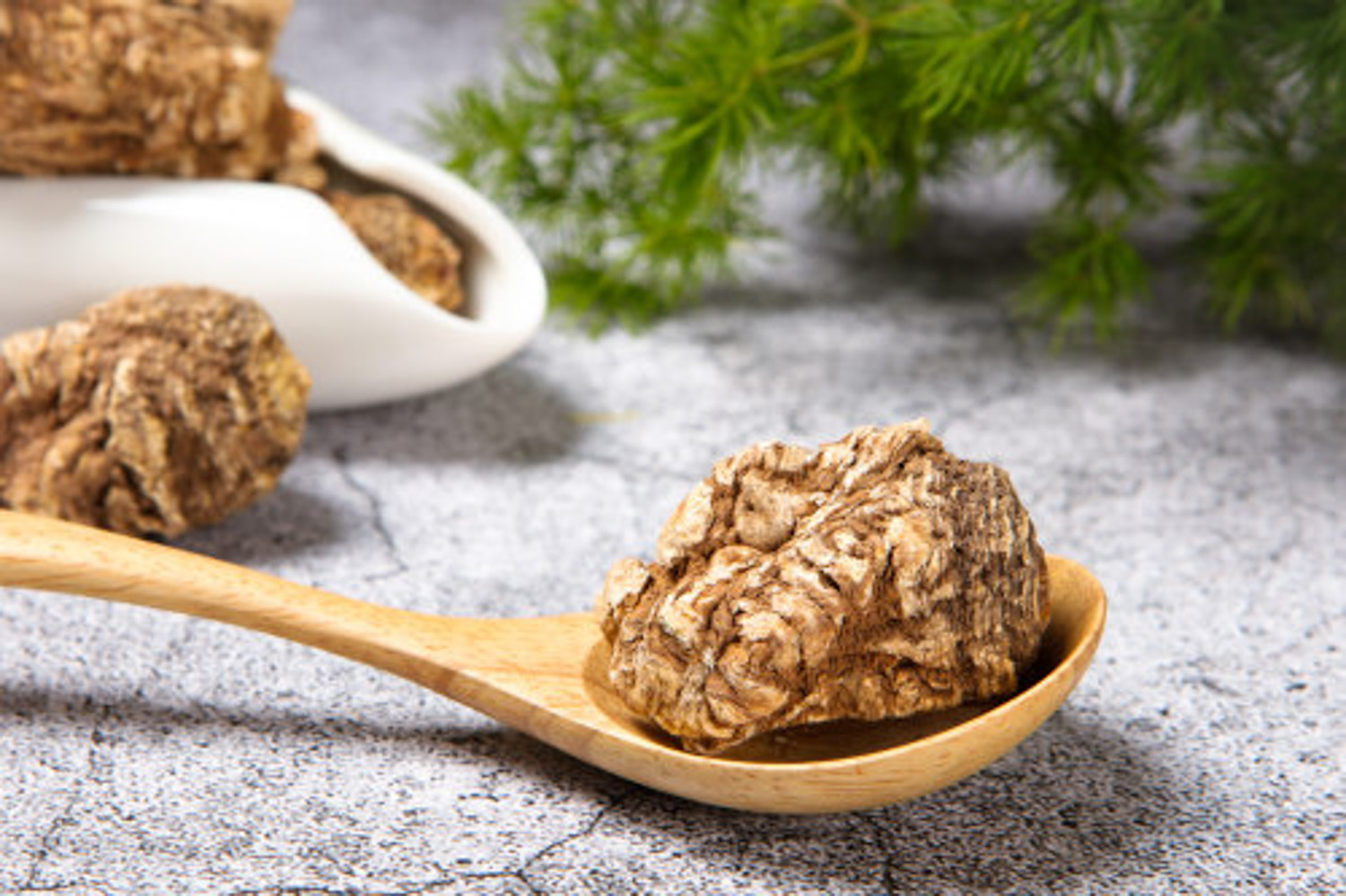
2、 Breeding skills
1. Reproduction: it can be propagated by sowing. The best place for sowing is a semi shady place with fertile sandy loam, and an appropriate amount of base fertilizer must be mixed into it. When sowing, the depth of the hole can be about 20 cm. The row spacing can be 33 cm and the plant spacing can be about 27 cm. When the height of the seedlings reaches three centimeters, they need to be intercropped once. After half a month, a second test is required. When it grows to ten centimeters, the seedlings can be fixed
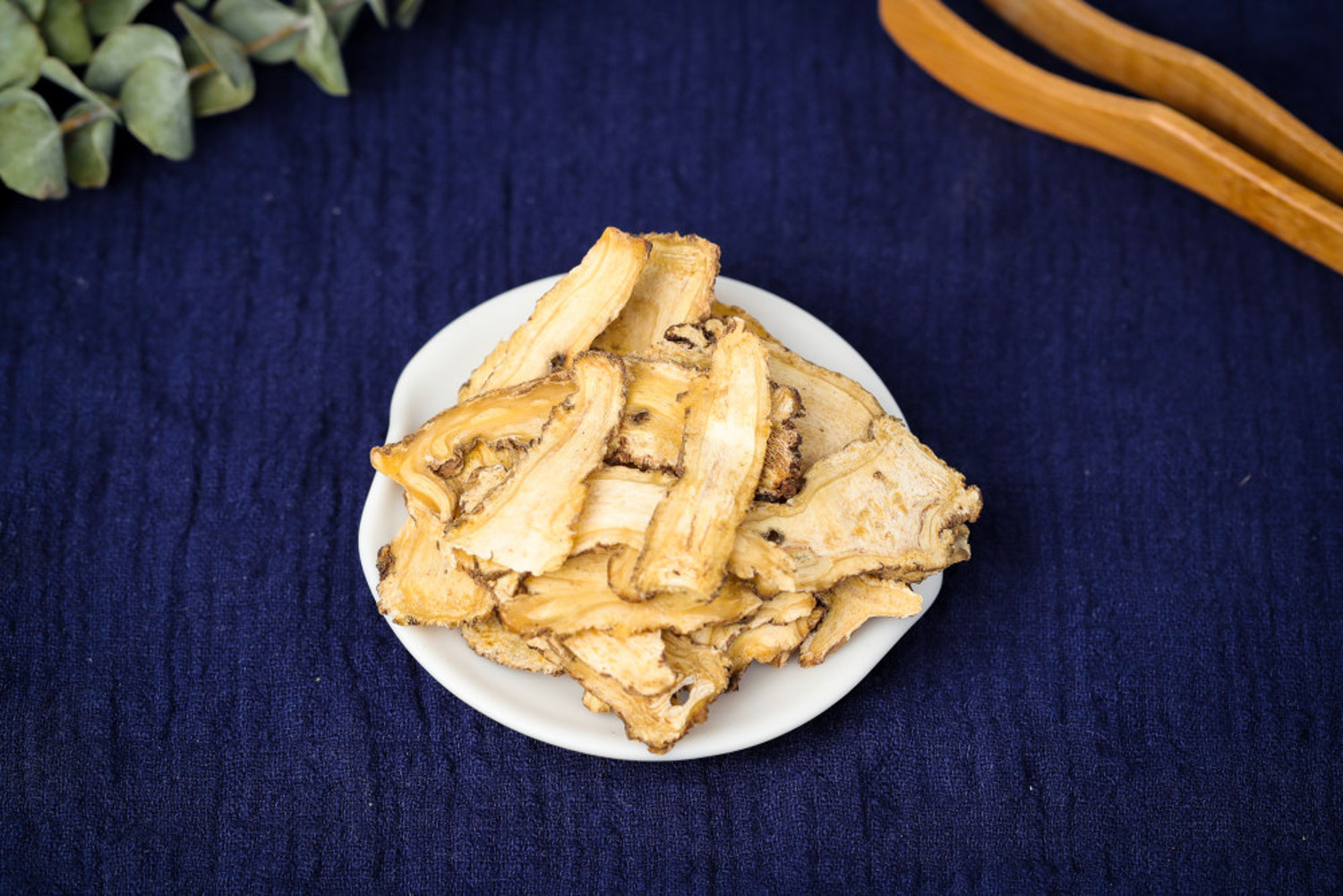
2. Weeding: it needs to be carried out regularly, usually three or four times a year. Weed once when the seedlings grow to three centimeters. Once when it grows to six centimeters. After that, it can be carried out again after the seedling is fixed
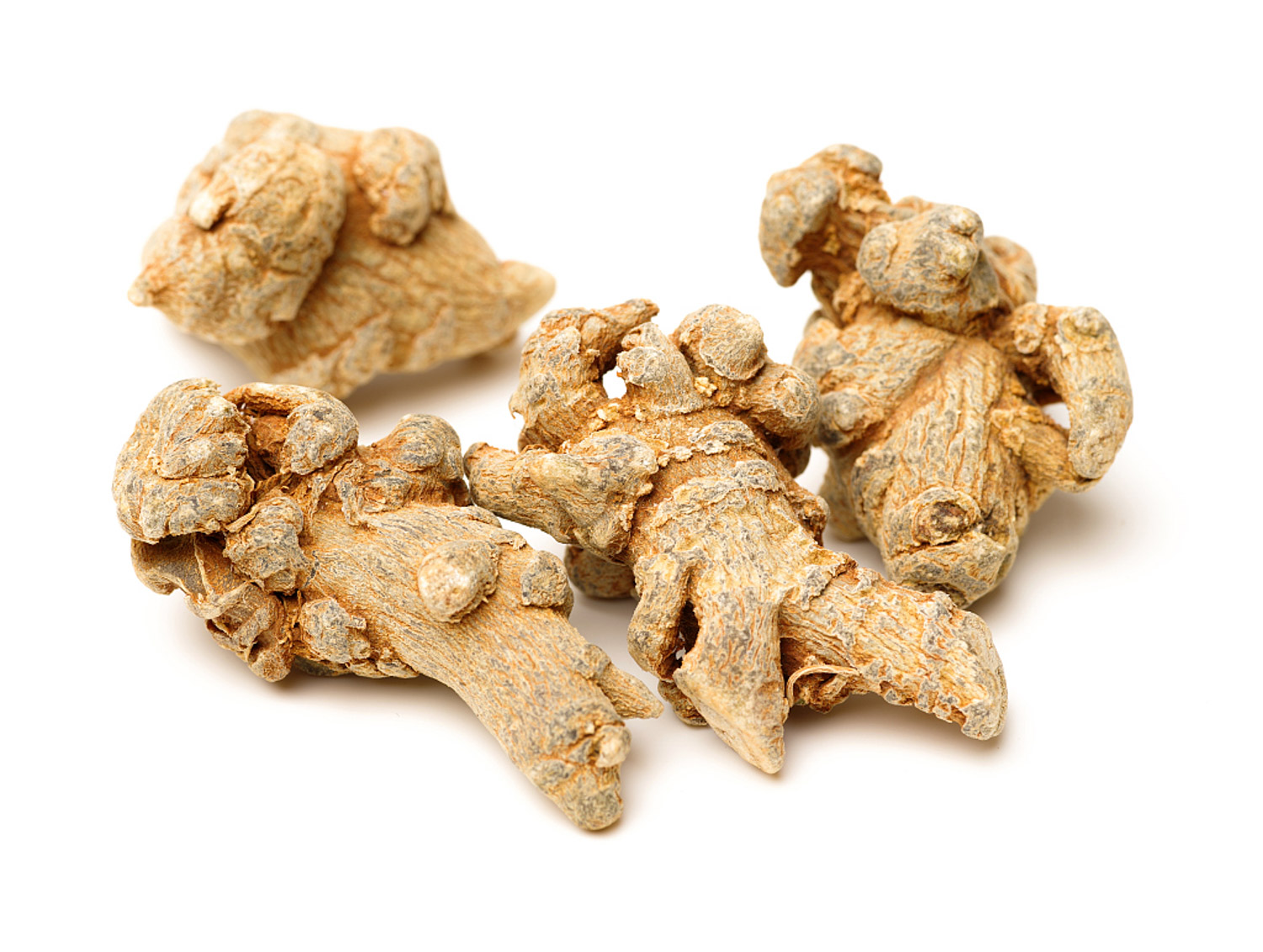
3、 Problem diagnosis and treatment
1. Diseases: there are still many kinds, such as "hemp mouth disease", "root rot", "powdery mildew", etc. The damage parts of these diseases are different, and the prevention and control methods are also different, so they need to be targeted
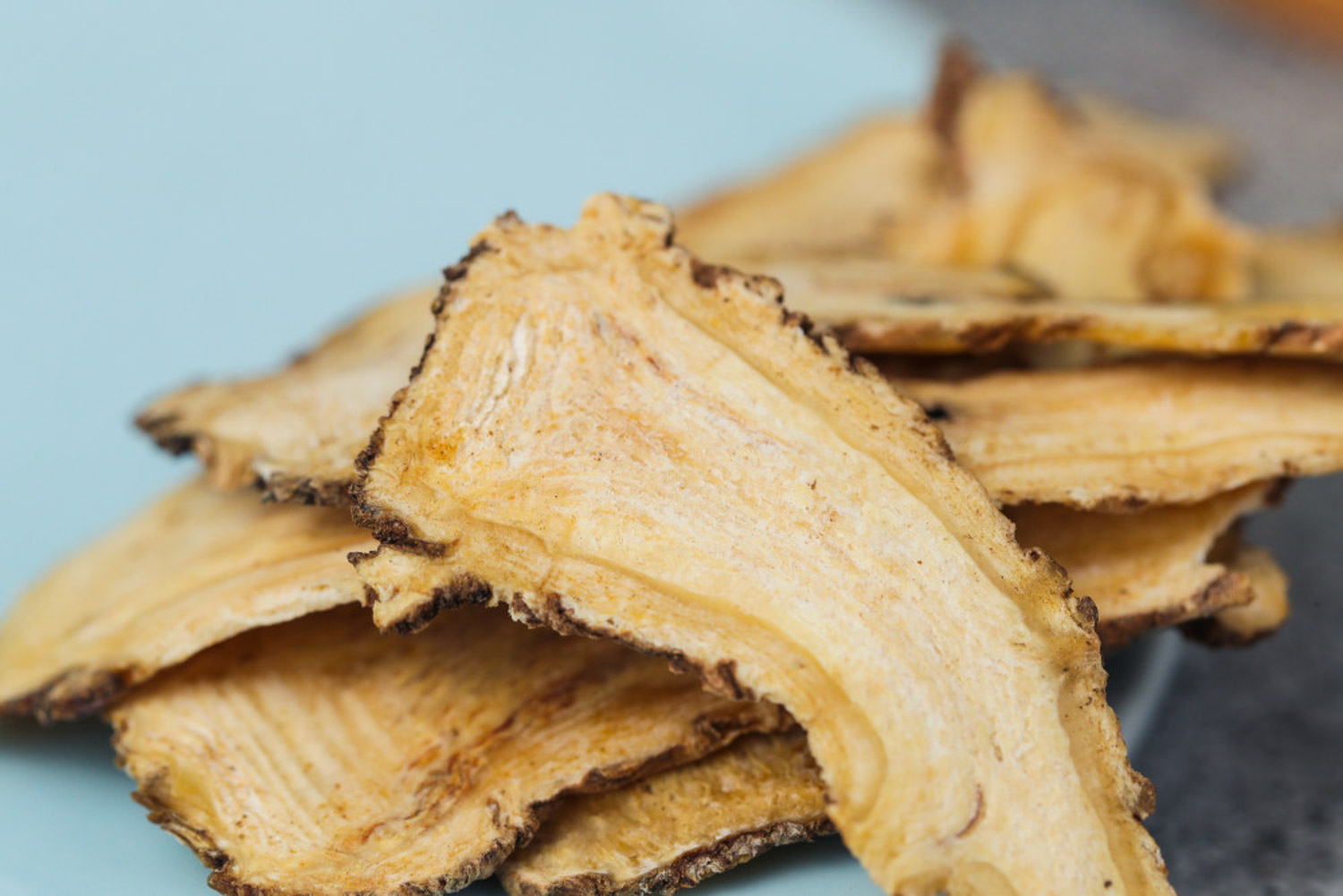
2. Pests: there are "nematodes" and some underground pests, which pose a great threat. Various chemicals can be used to control and disinfect the soil

4、 Other issues
1. Toxicity: Angelica sinensis is not poisonous. It is a traditional Chinese medicine

2. Whether it can be raised at home: generally not, because it is not a variety for viewing


 how many times do yo...
how many times do yo... how many planted tre...
how many planted tre... how many pine trees ...
how many pine trees ... how many pecan trees...
how many pecan trees... how many plants comp...
how many plants comp... how many plants can ...
how many plants can ... how many plants and ...
how many plants and ... how many pepper plan...
how many pepper plan...